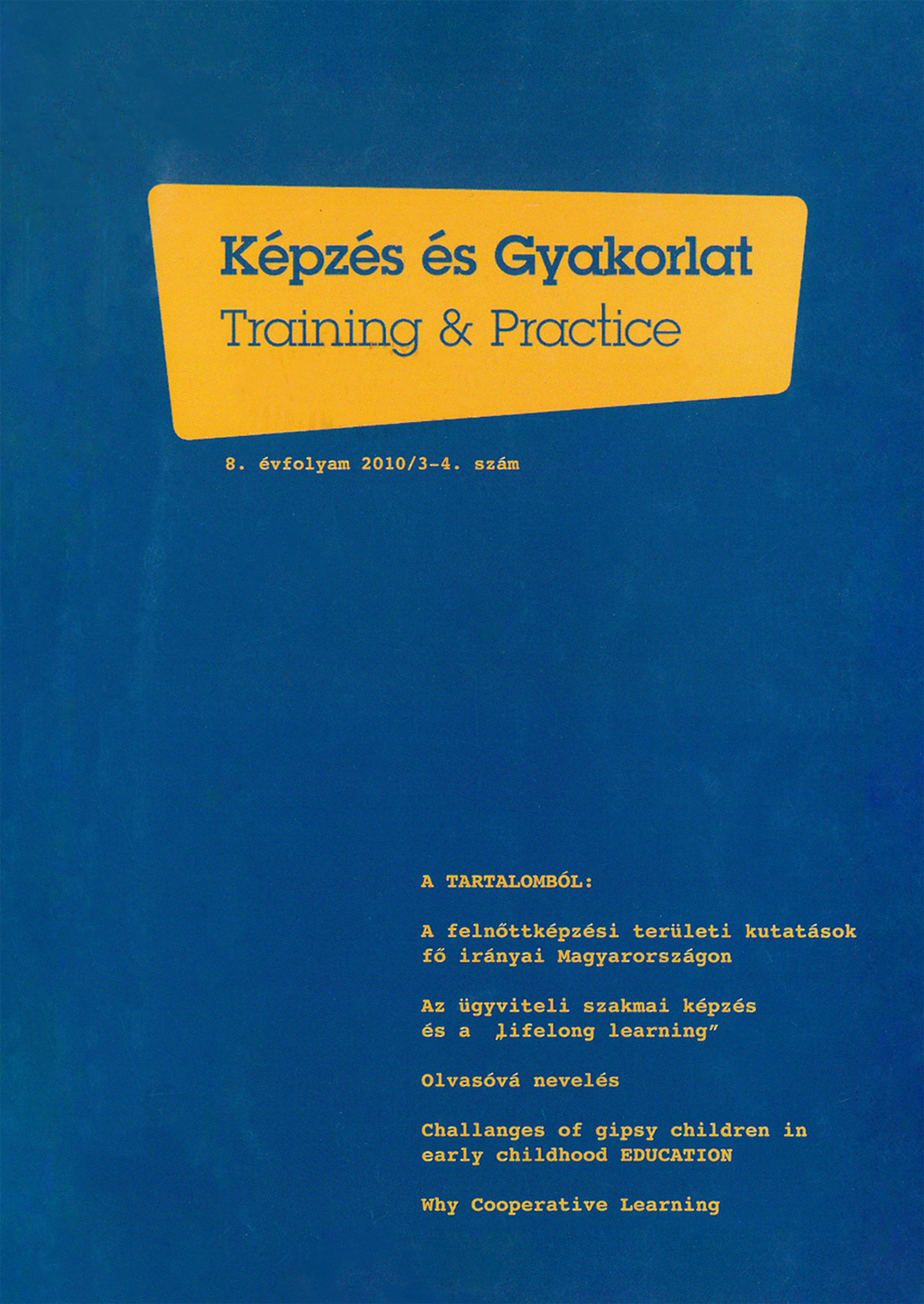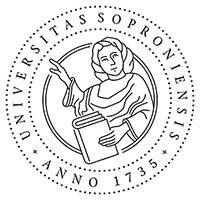Africa in the American Geography and History Textbooks
Abstract
According to the Hungarian National Curriculum, one of the goals of history and geography education is to make the students aware of the best known achievements of human culture, and to assist them in preserving an open mind towards various cultures, religions and practices. However, the current history and geography textbooks in Hungary fail to accurately present Africa, which is one of the most intercultural continents. Hungarian students are introduced to a distorted Africa that is misrepresented as a land of poverty and calamities, entirely dependent on European history and politics. After studying the American textbooks, it is apparent that – contrary to the approach of the Hungarian textbooks –, the American students are introduced to a diverse Africa that is subject to changes every day. The objective of analyzing the American textbooks is to present how the above referenced results are attained.
References
Fischerné Dárdai Ágnes – Mészárosné Császár Zsuzsa (2004): Afrika-kép a magyar történelem és földrajz tankönyvekben. Iskolakultúra 2004/11. 69–77.
Gaynor, Ellis E.–Esler, Anthony–Beers, Burton (2004): World History Connections to Today. Pearson Prentice hall, Austin
Interjú Mark Spragg-gel. Készítette Ventilla Andrea. Bountiful Junior High School, Utah. 2009. október 28.
Kojanitz László (2005): A tankönyvkutatás szerepe és feladatai. Új Pedagógiai Szemle 2005/3. < URL: http://www.oki.hu/oldal.php?tipus=cikk&kod=2005-03-ko-Kojanitz-Tankonyvkutatas> [2009. október 10.]
Sager, Robert J.–helgren, David M. (2005): World Geography Today. holt Rinehart Winston, Austin.
Utah State Office of Education (2002): Secondary Core Curriculum. Social Studies 7-12. [online] < URL:http://www.schools.utah.gov/curr/core/corepdf/SoSt7-12.pdf> [2009. november 3.]
Downloads
Published
Issue
Section
License
Copyright (c) 2010 Ventilla Andrea

This work is licensed under a Creative Commons Attribution-NonCommercial-NoDerivatives 4.0 International License.








